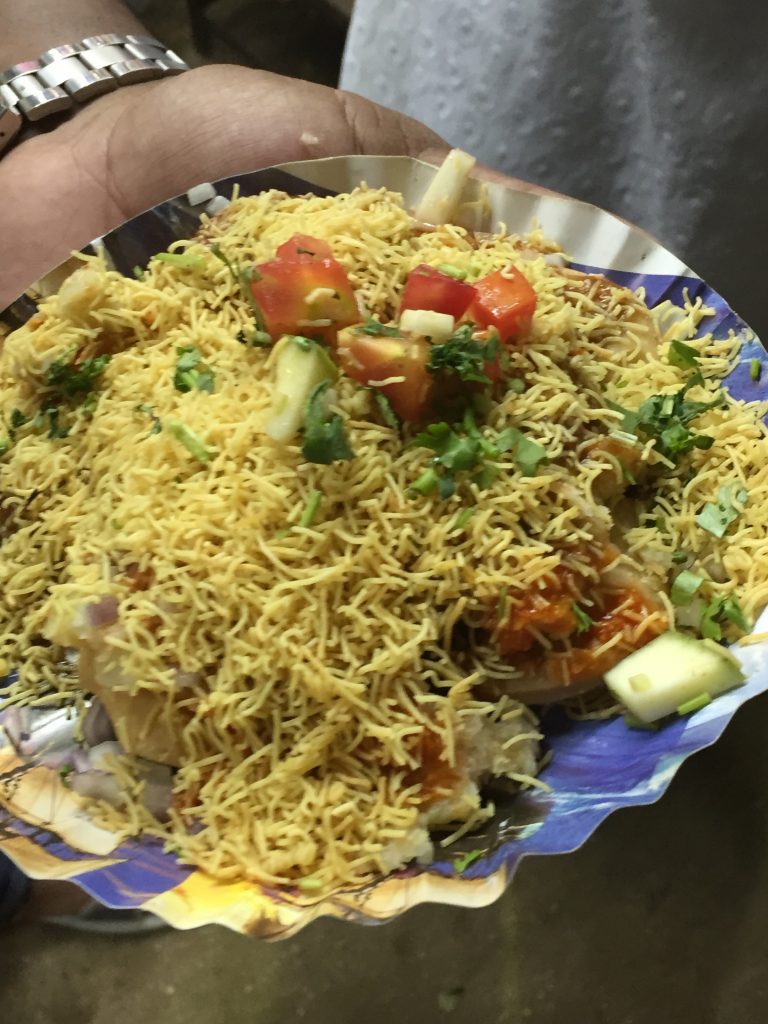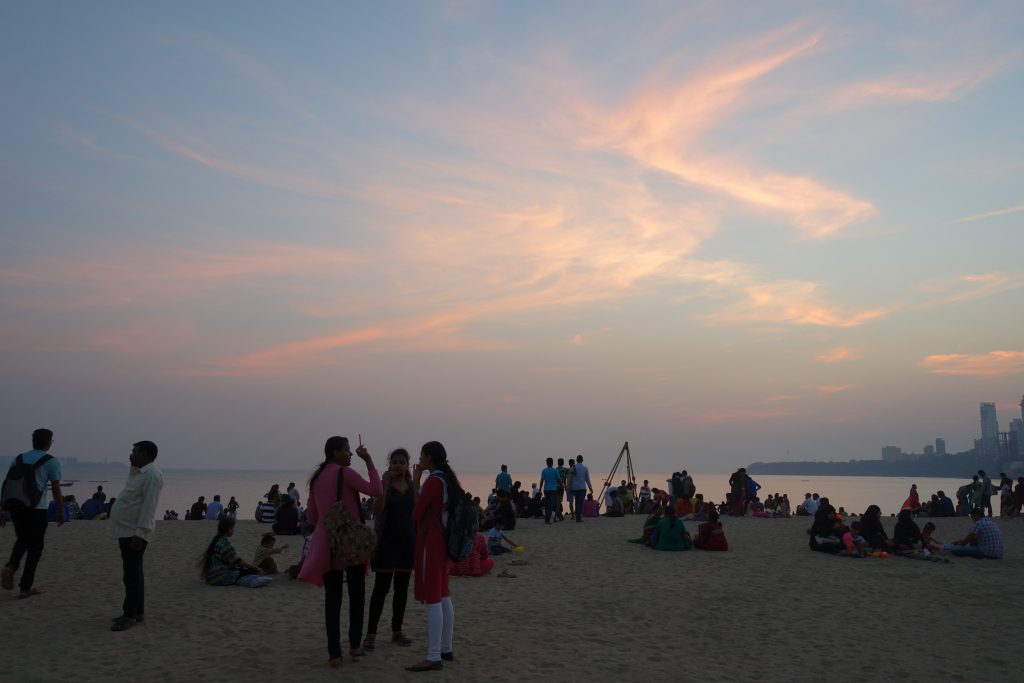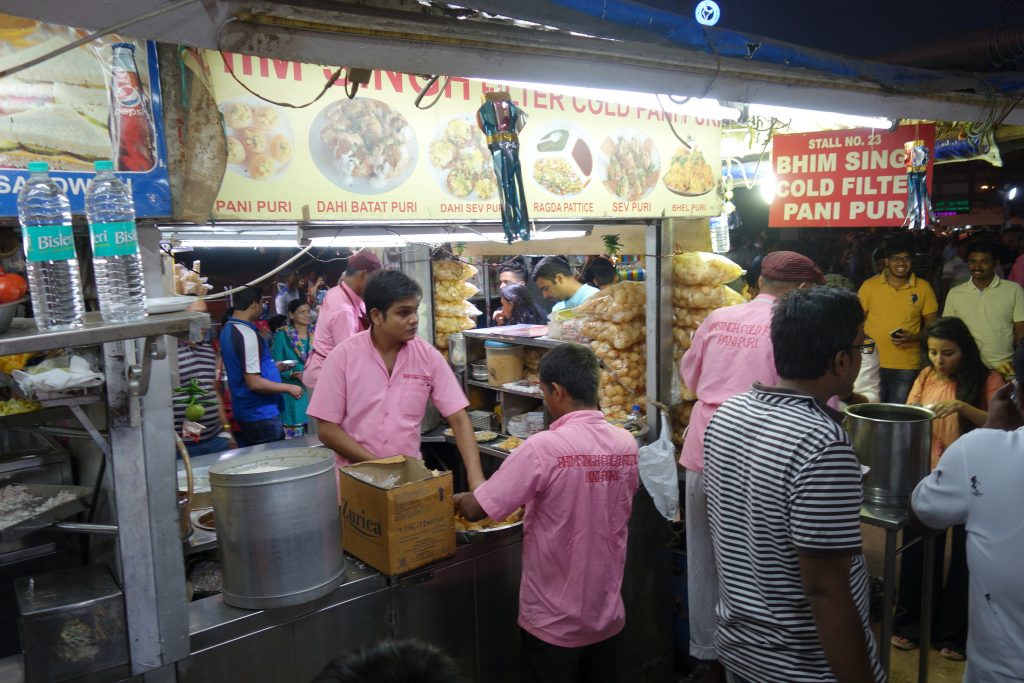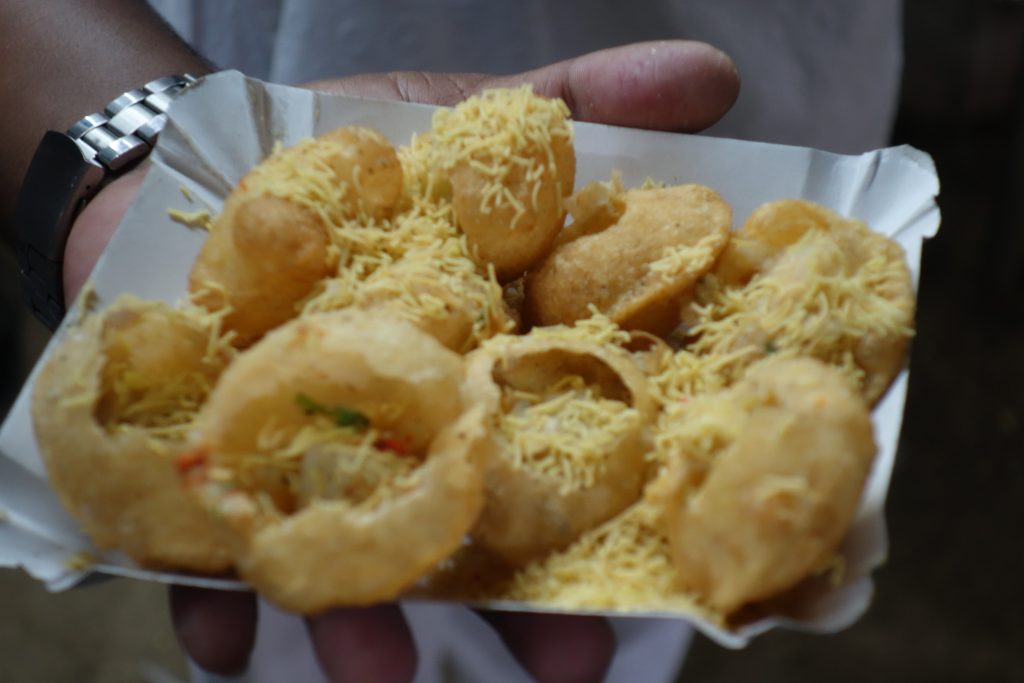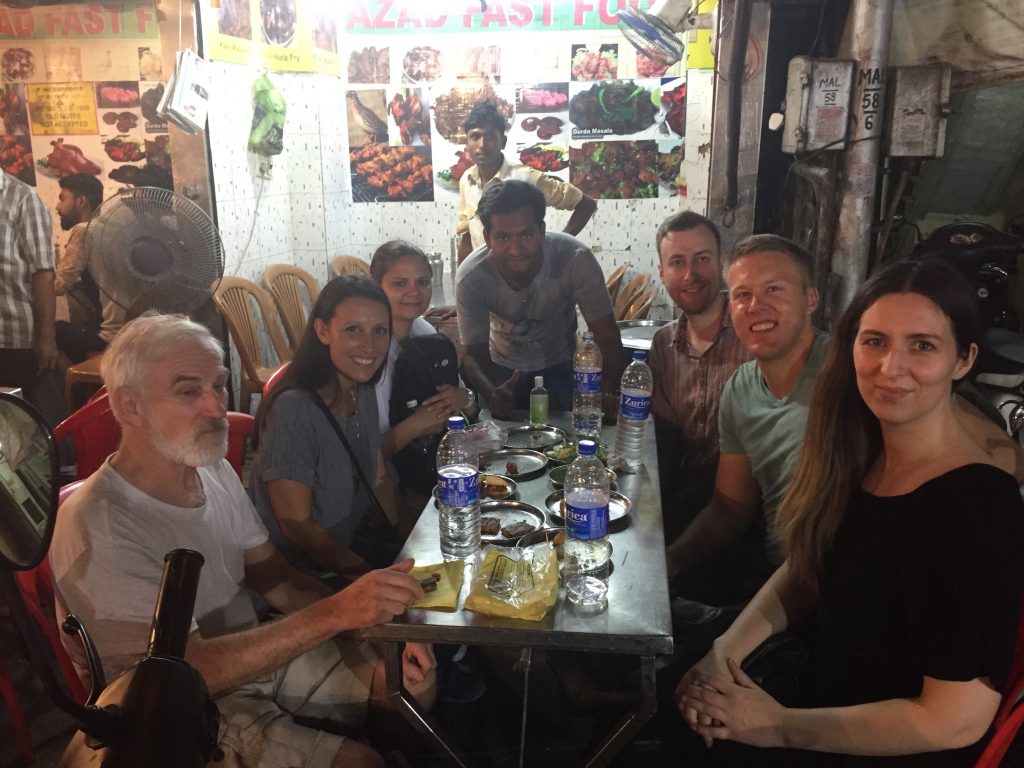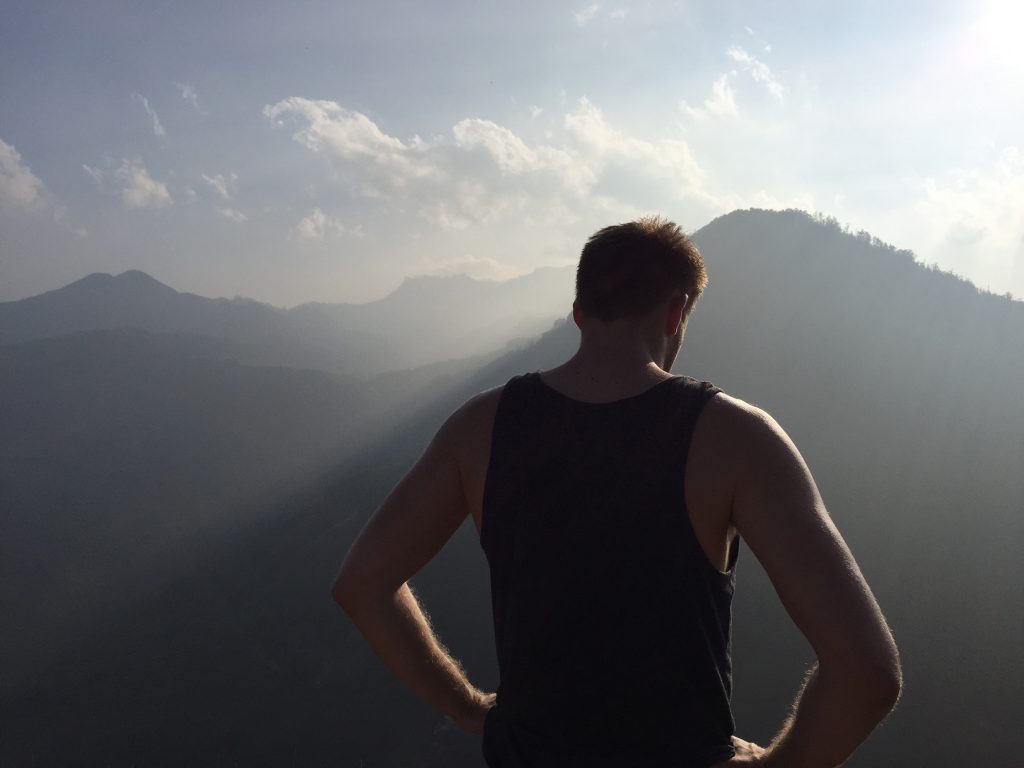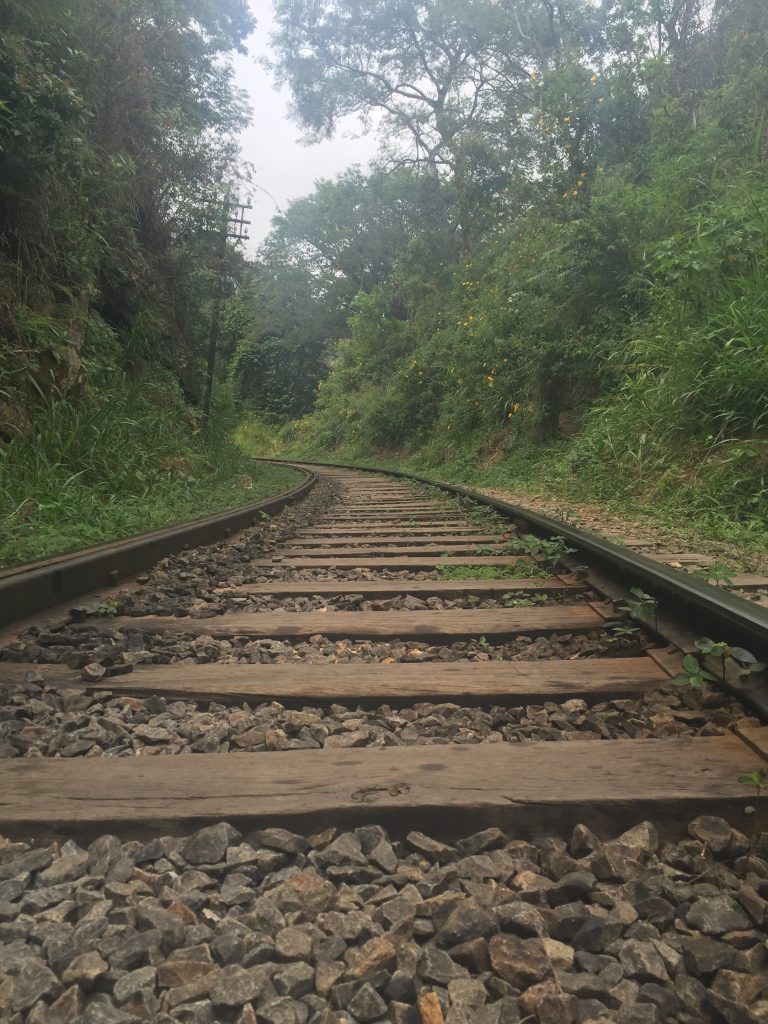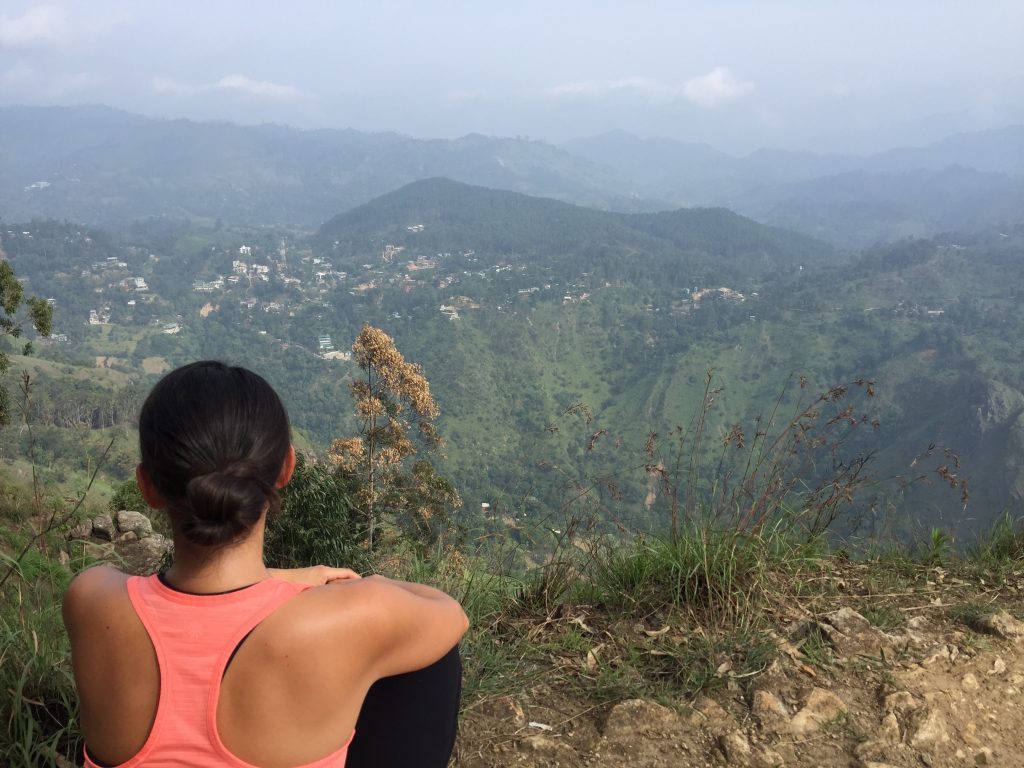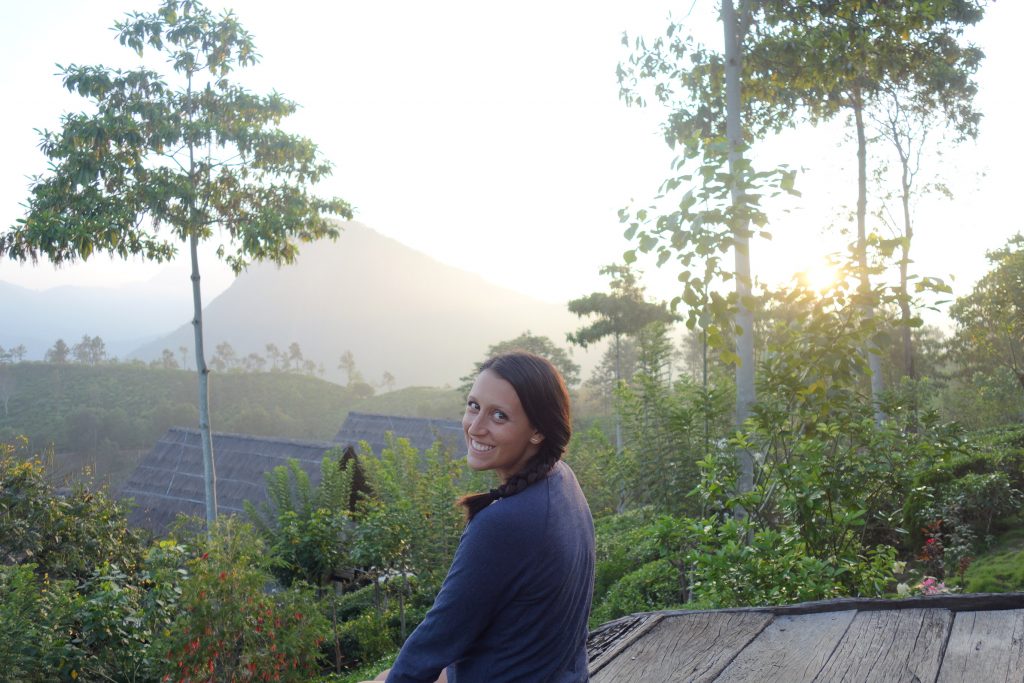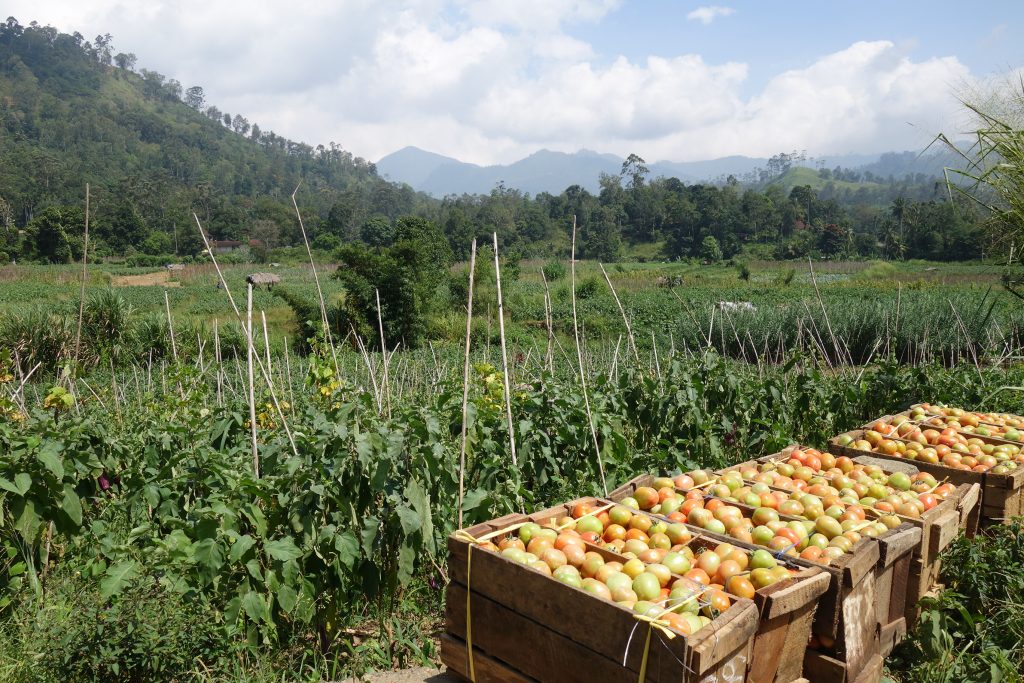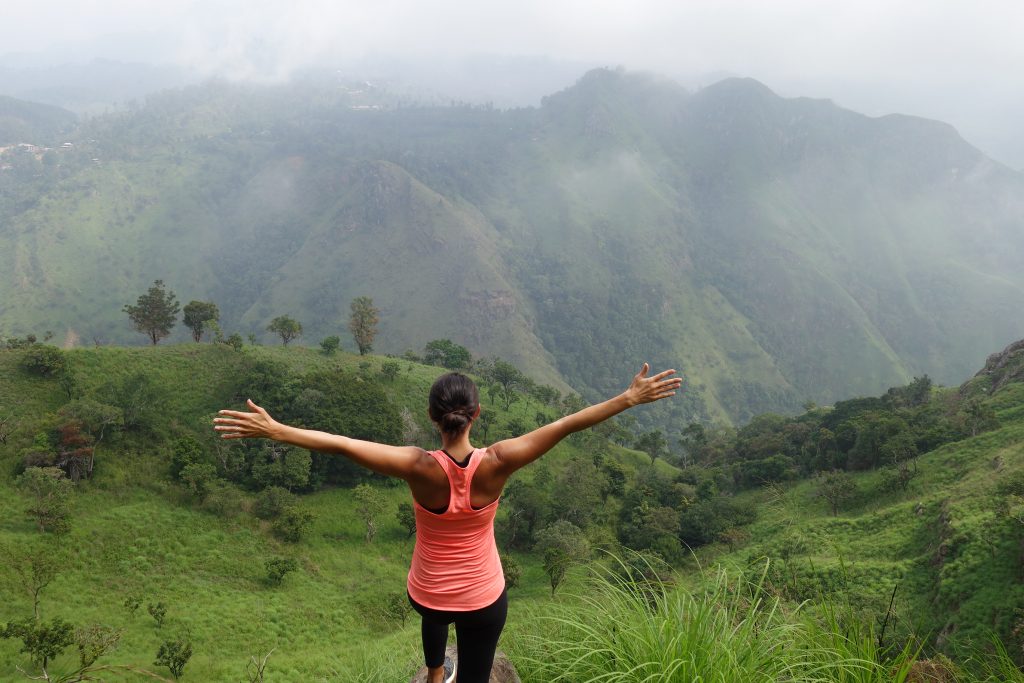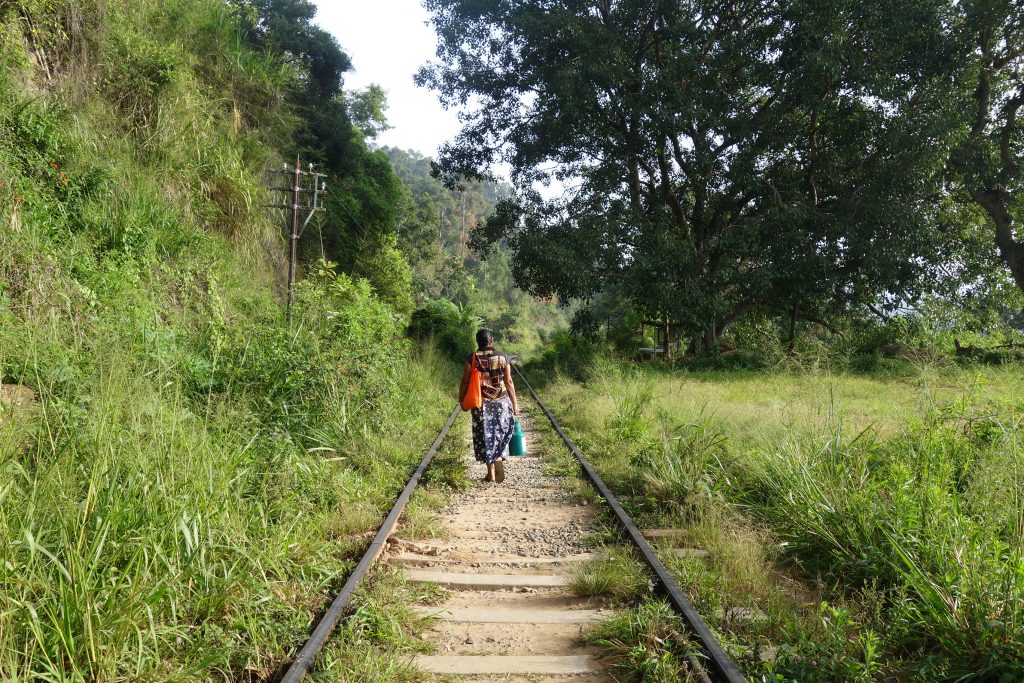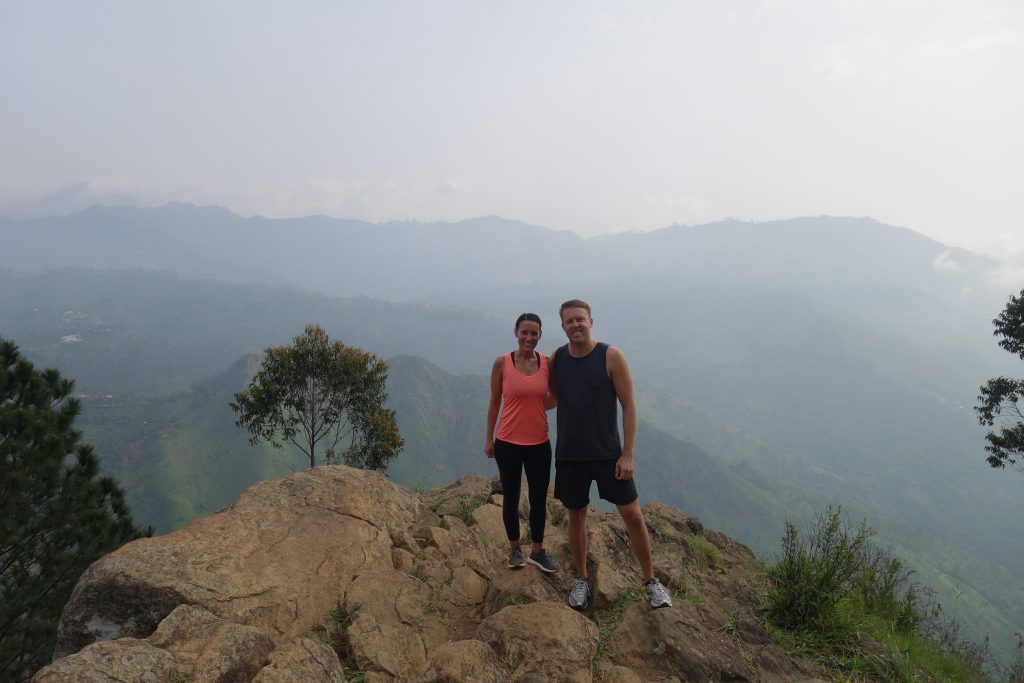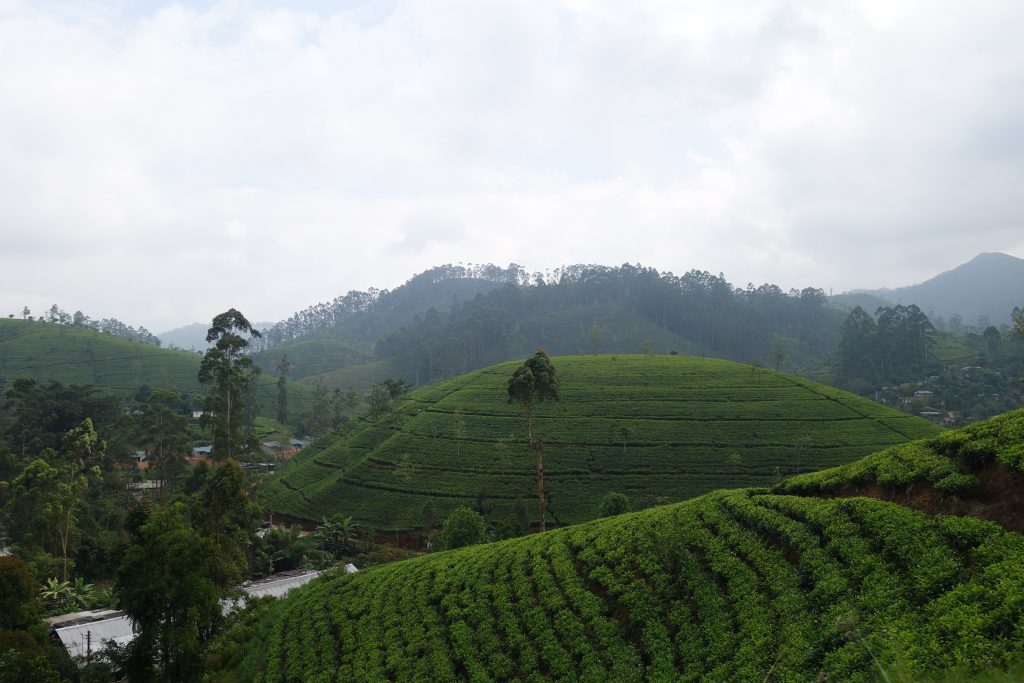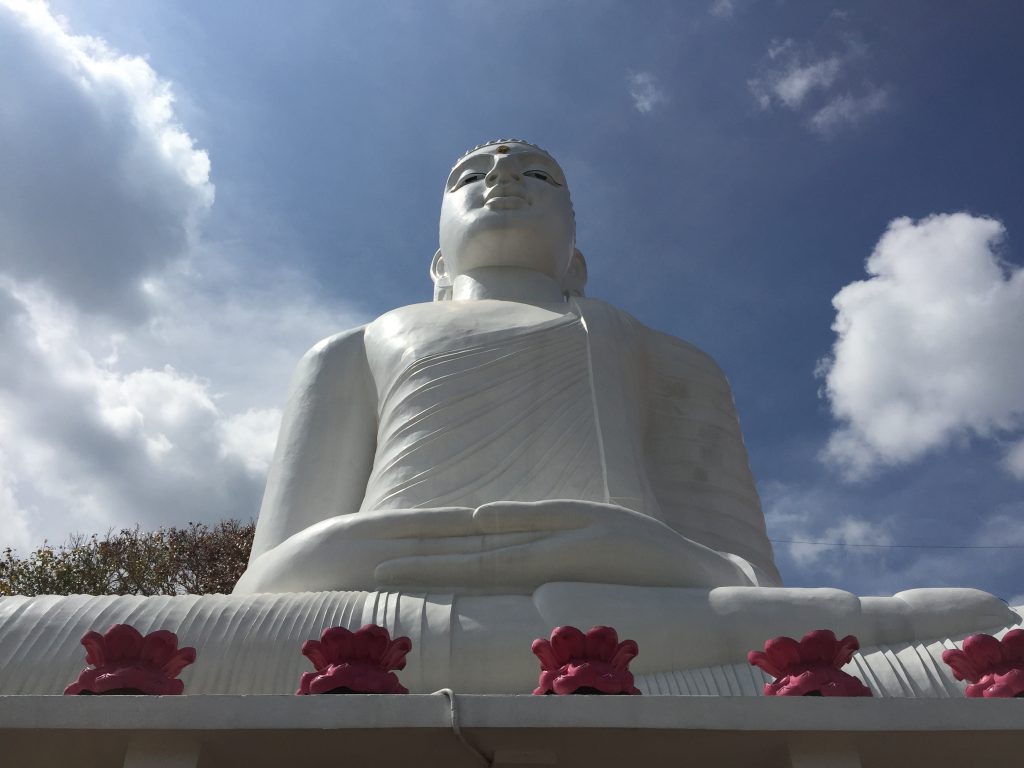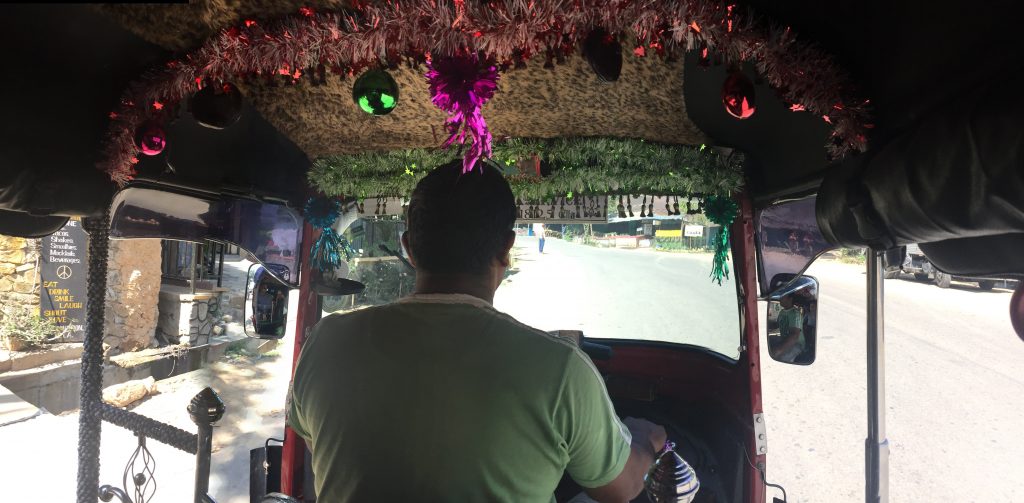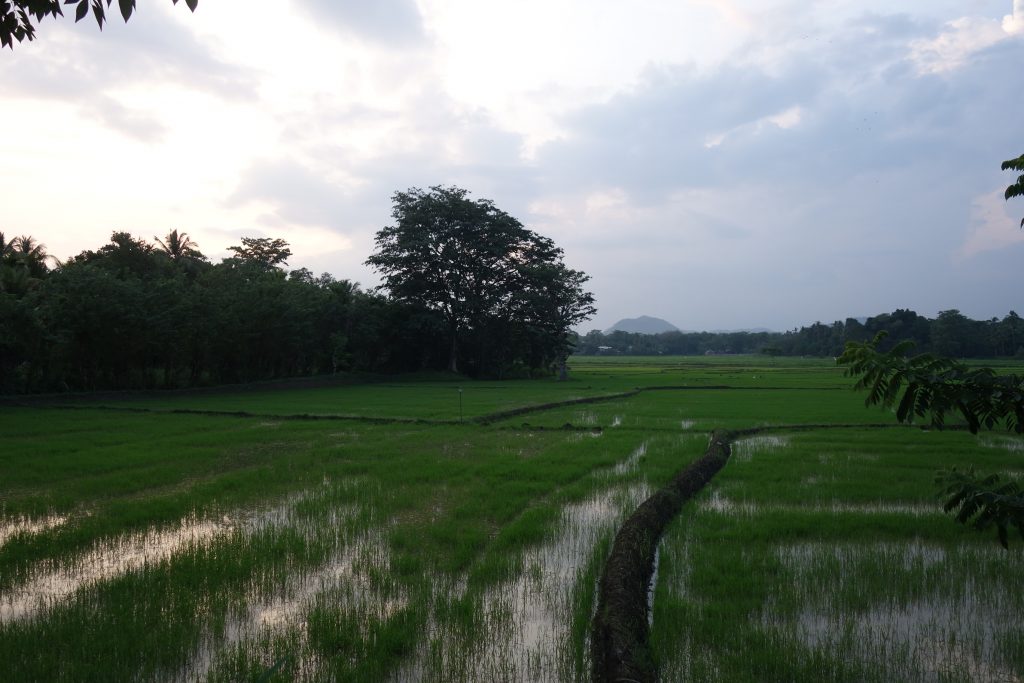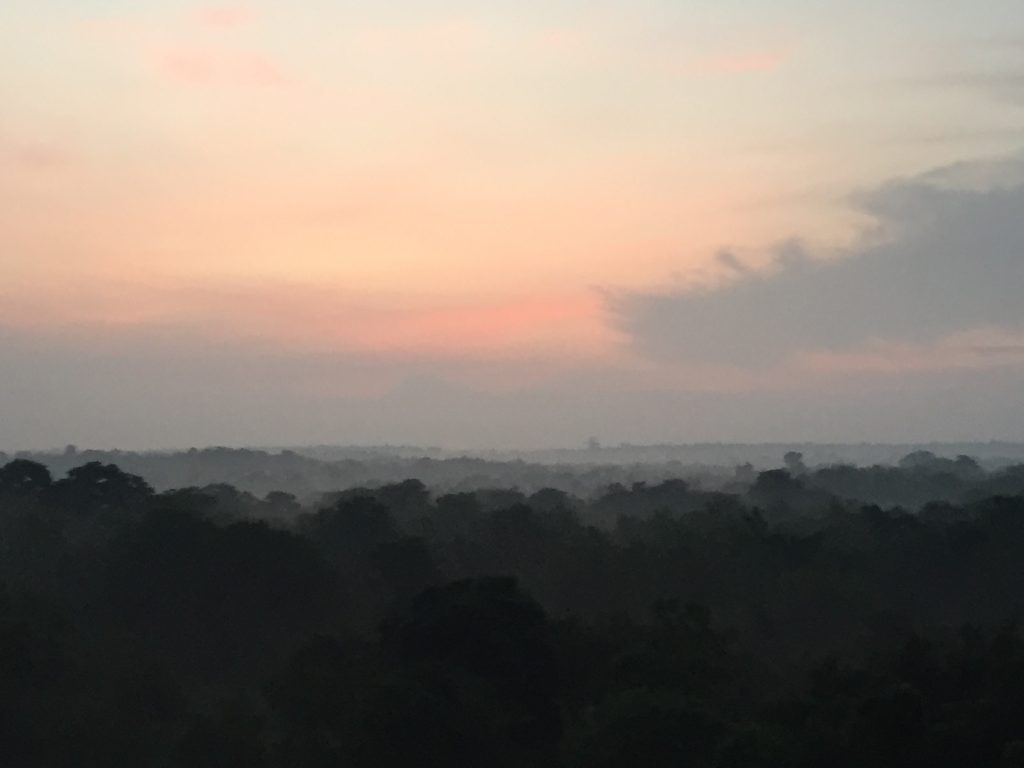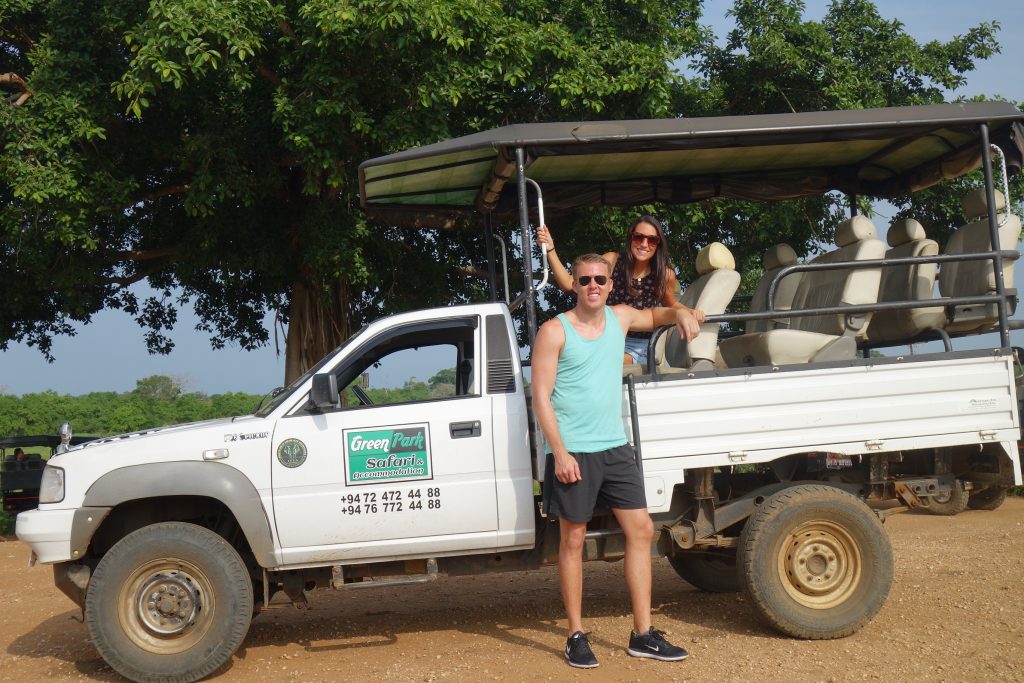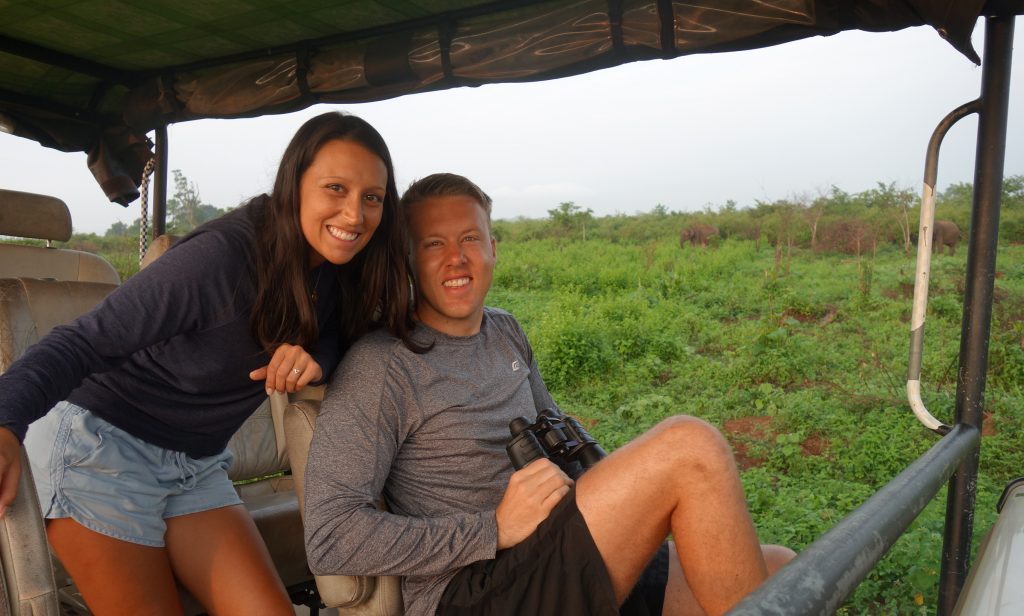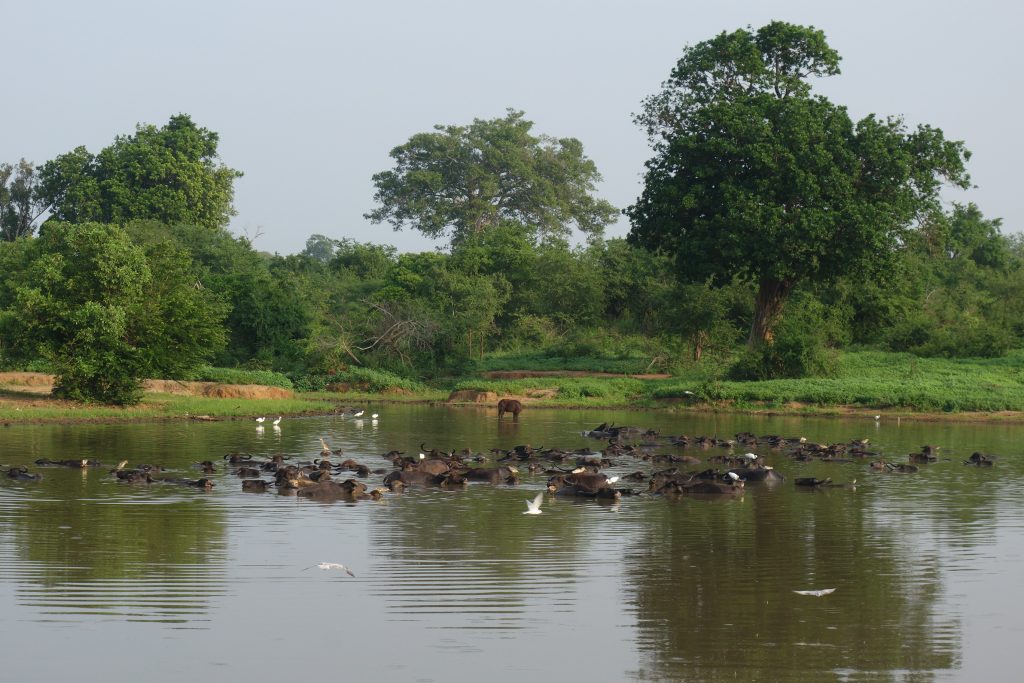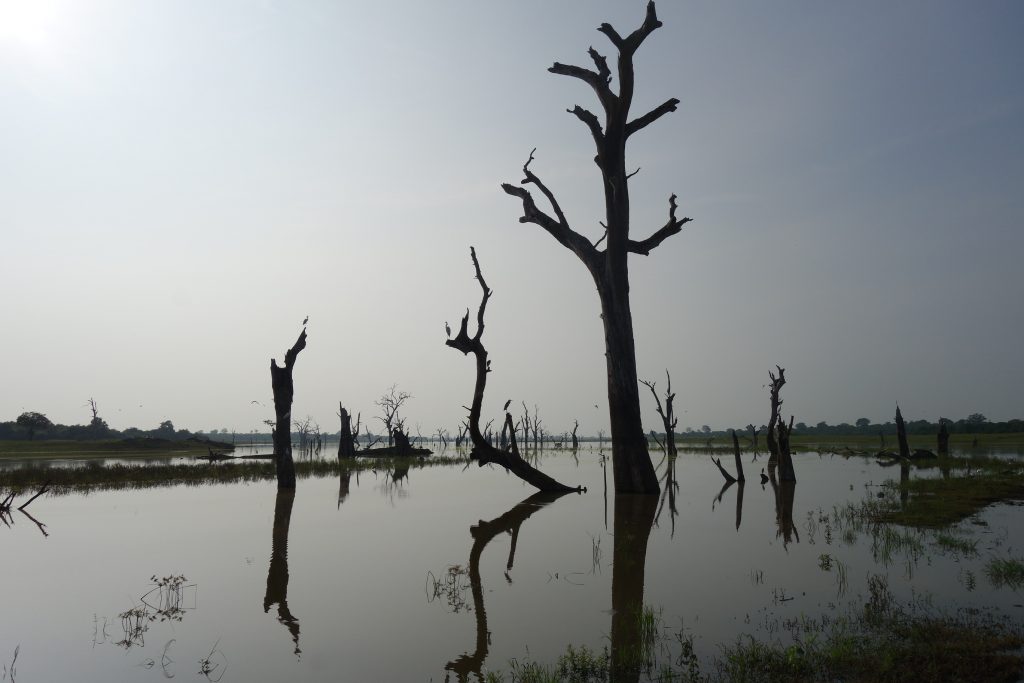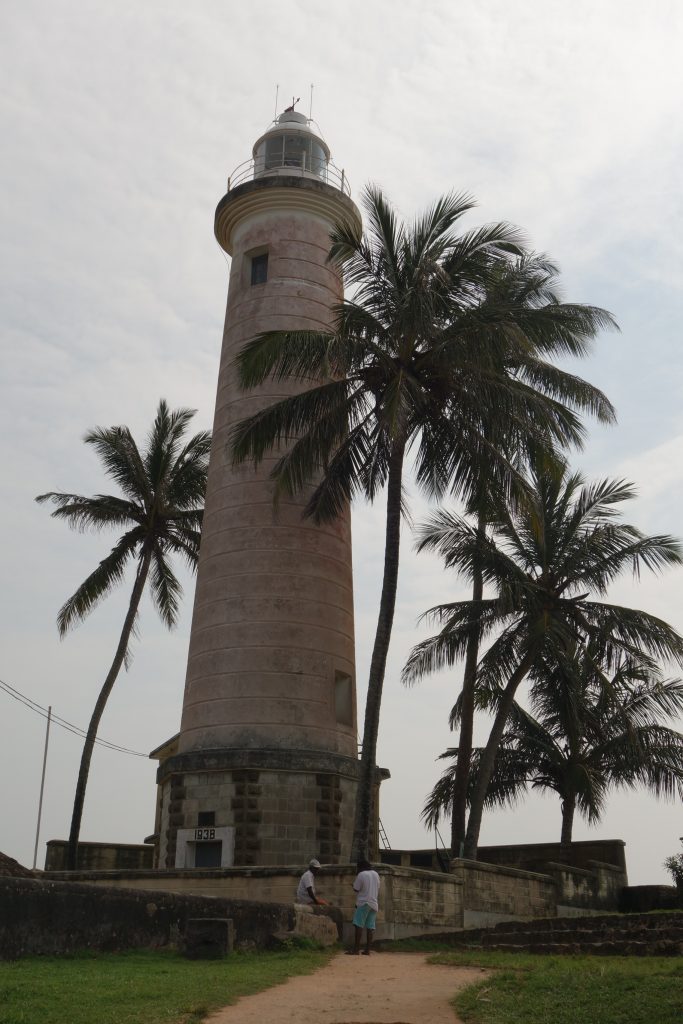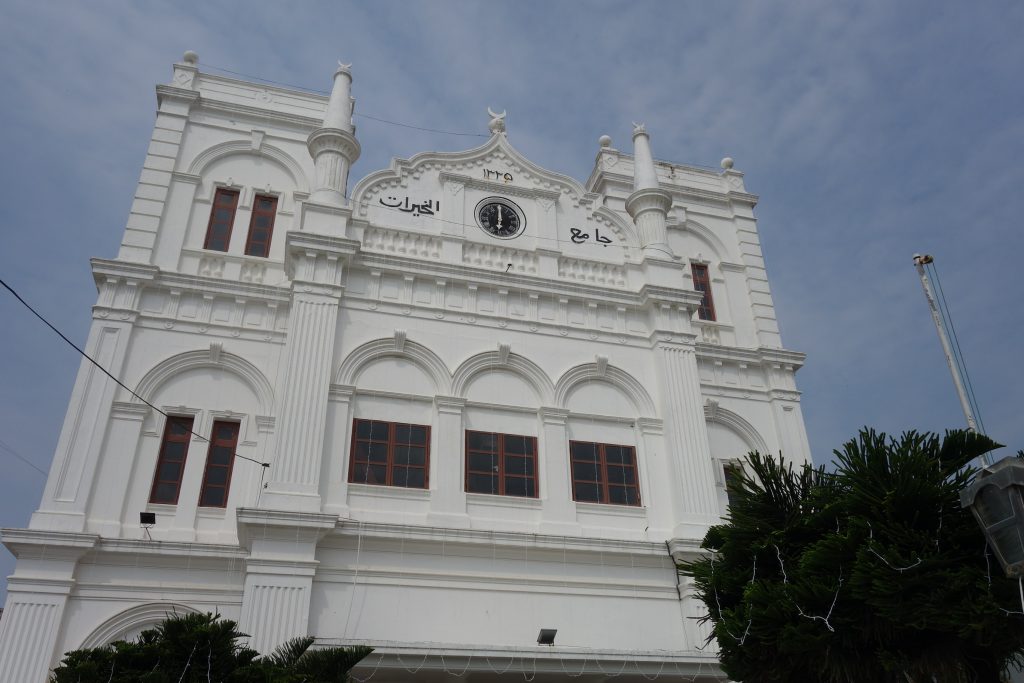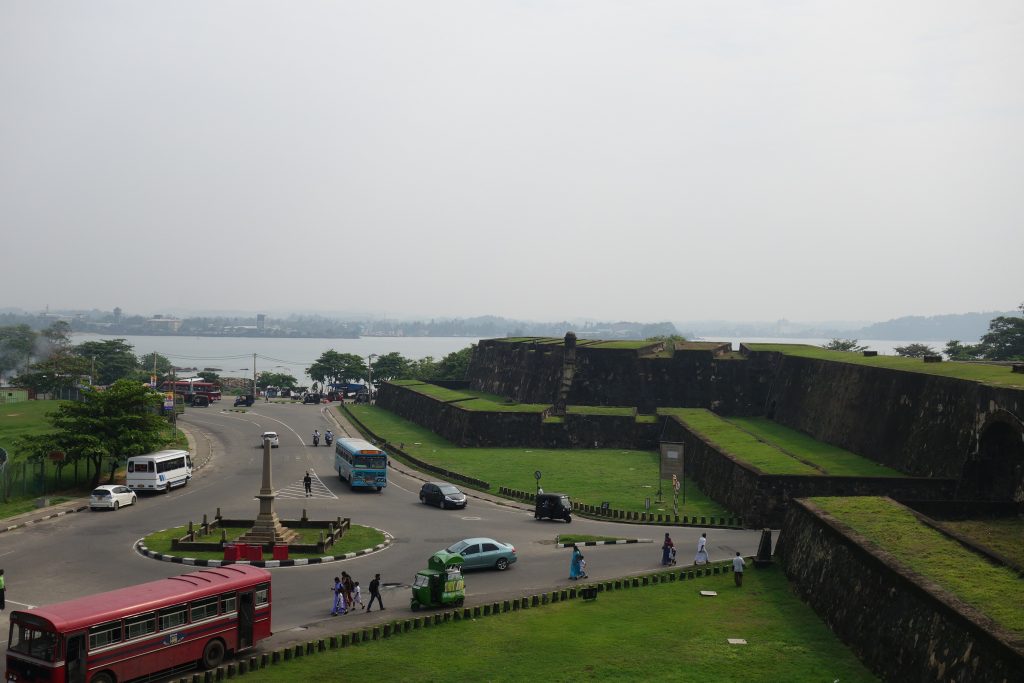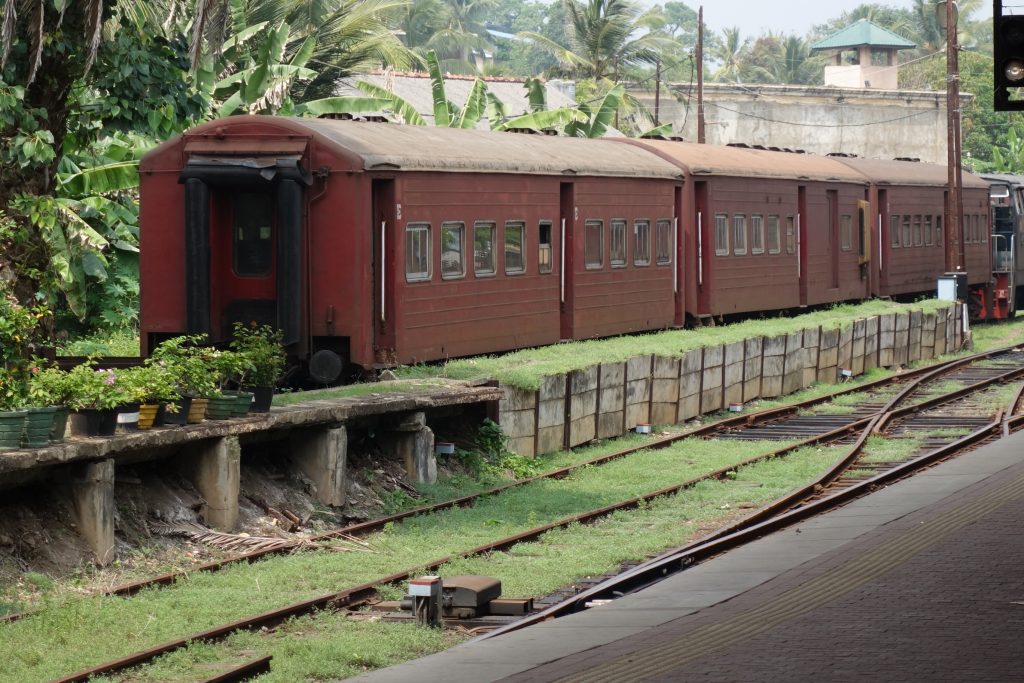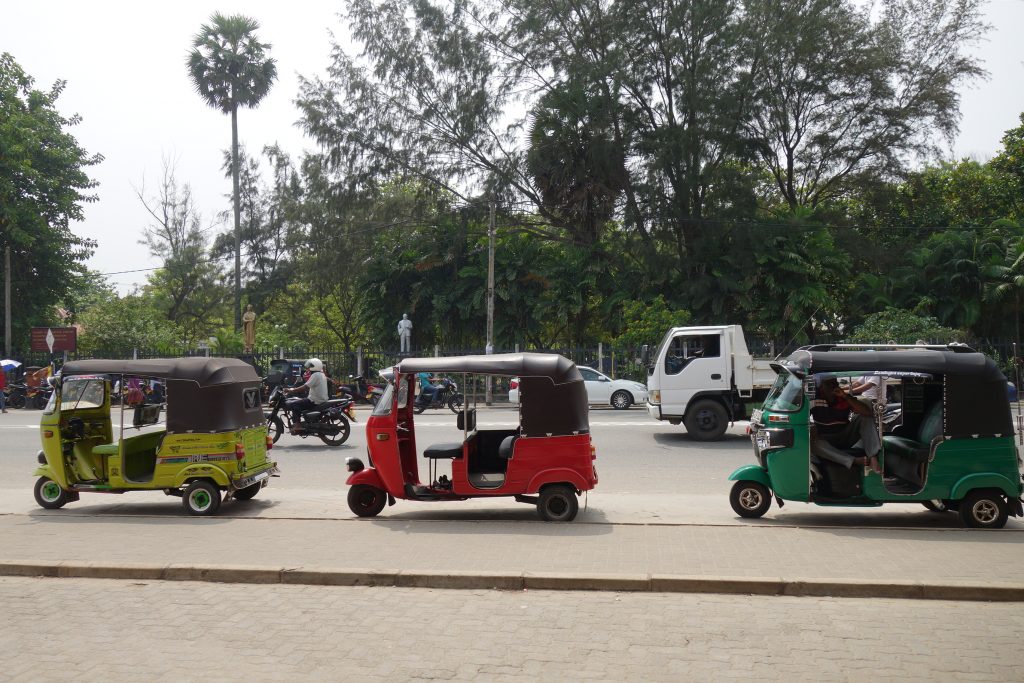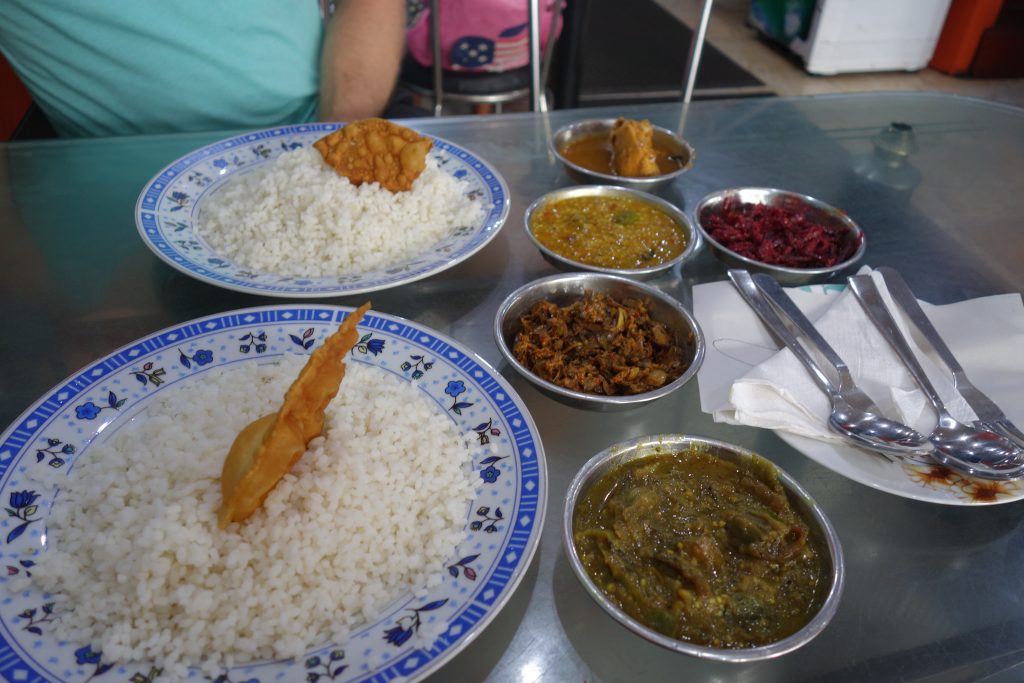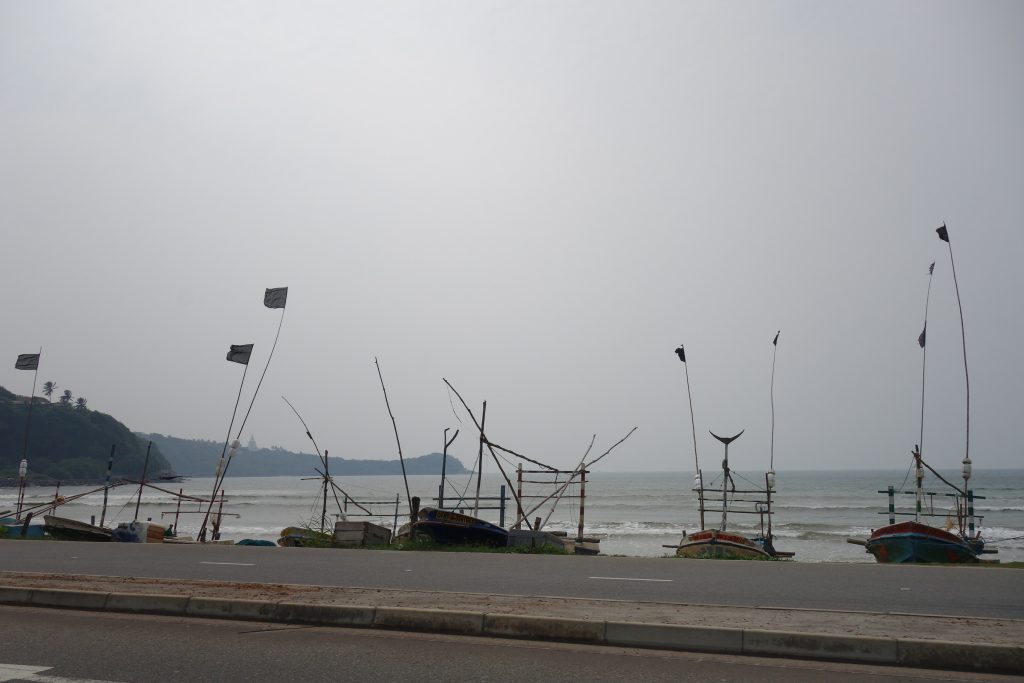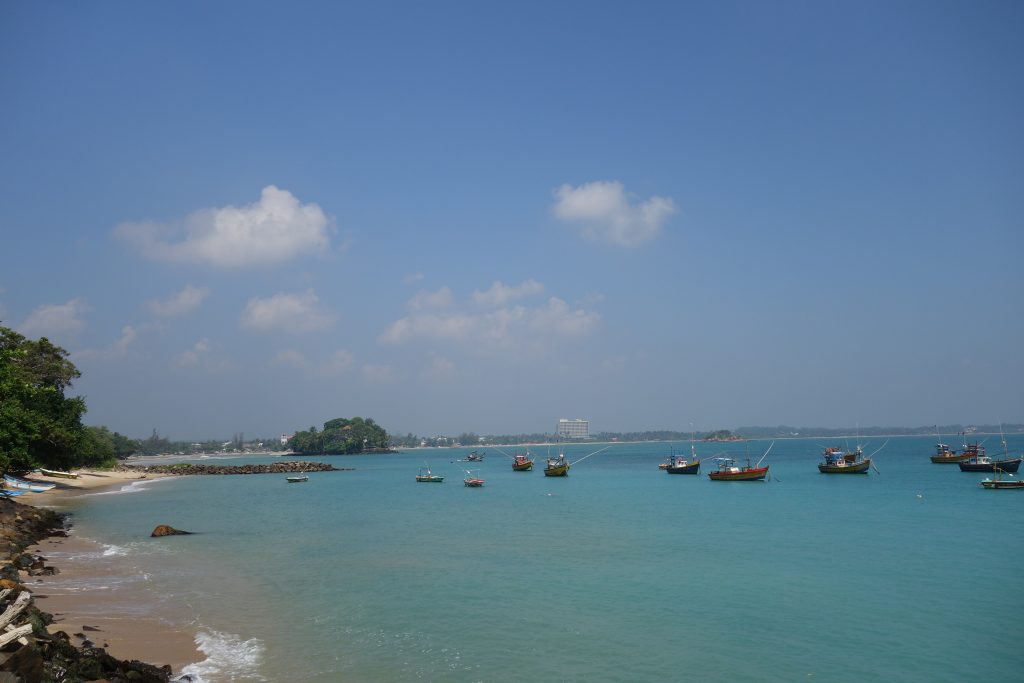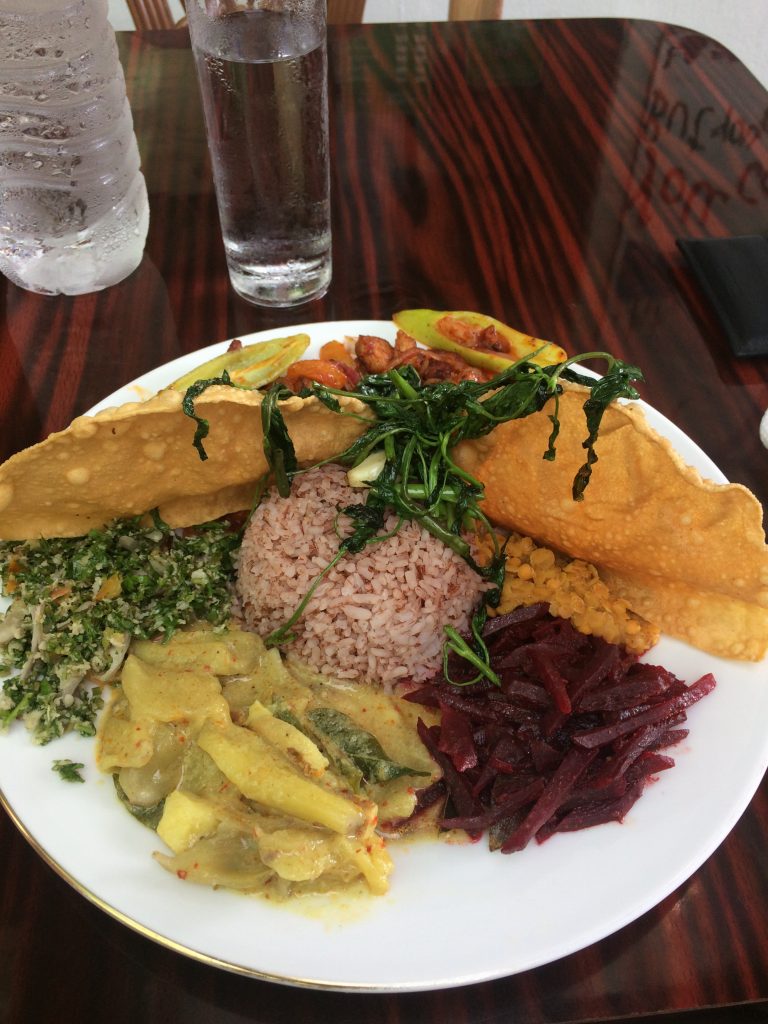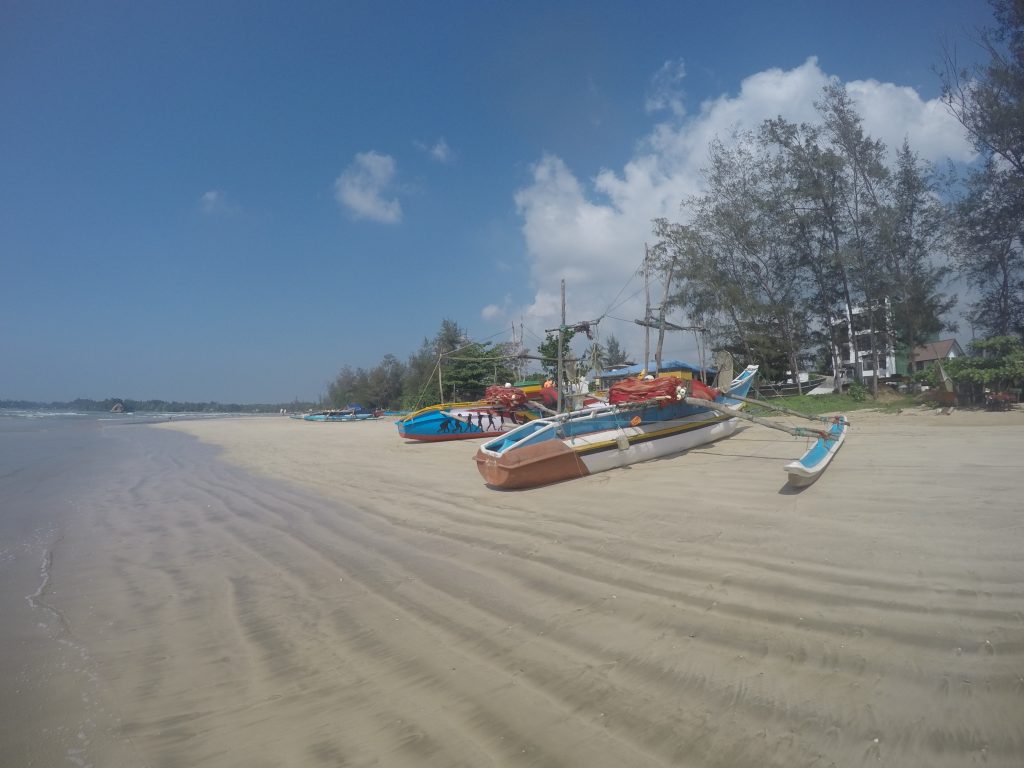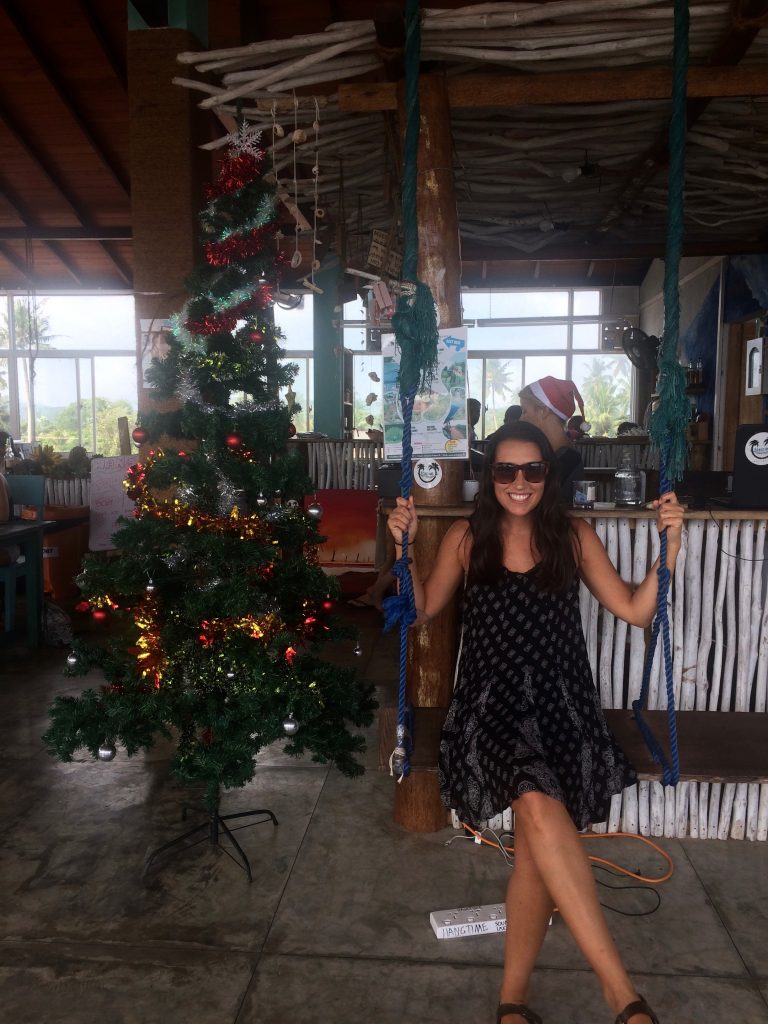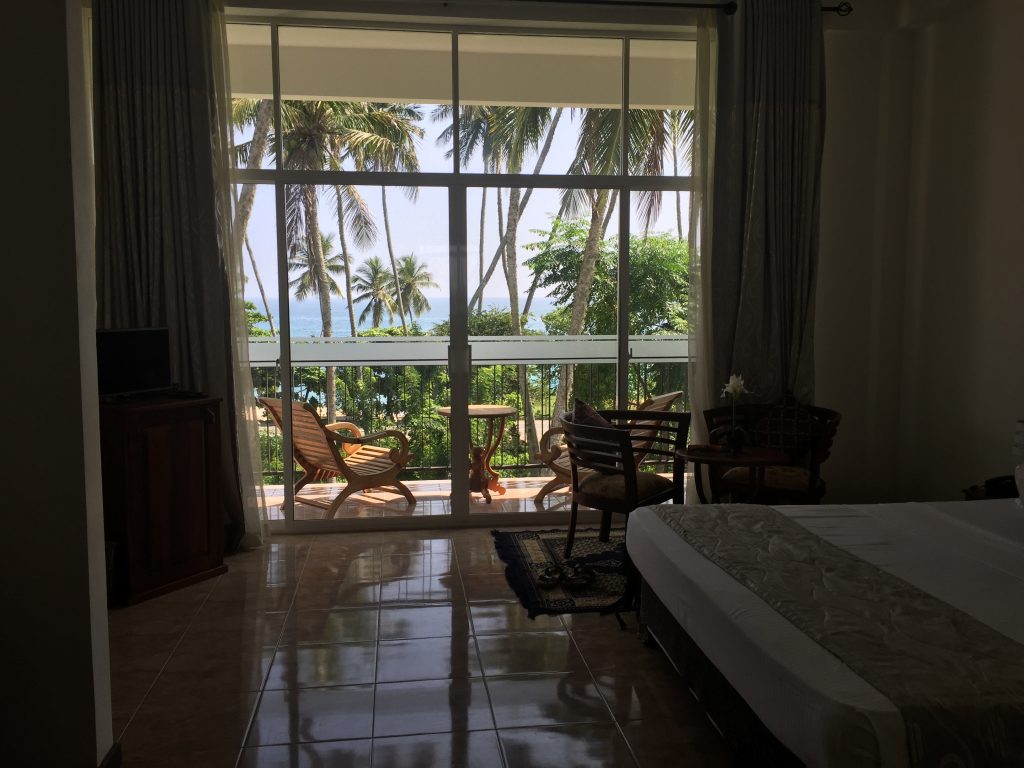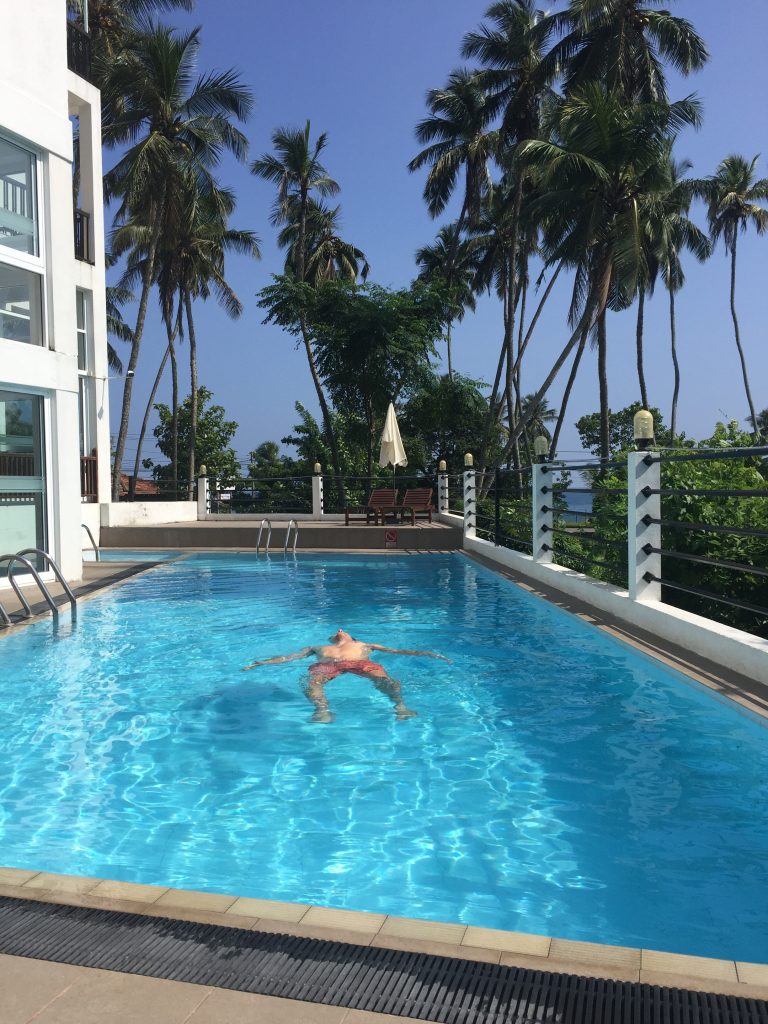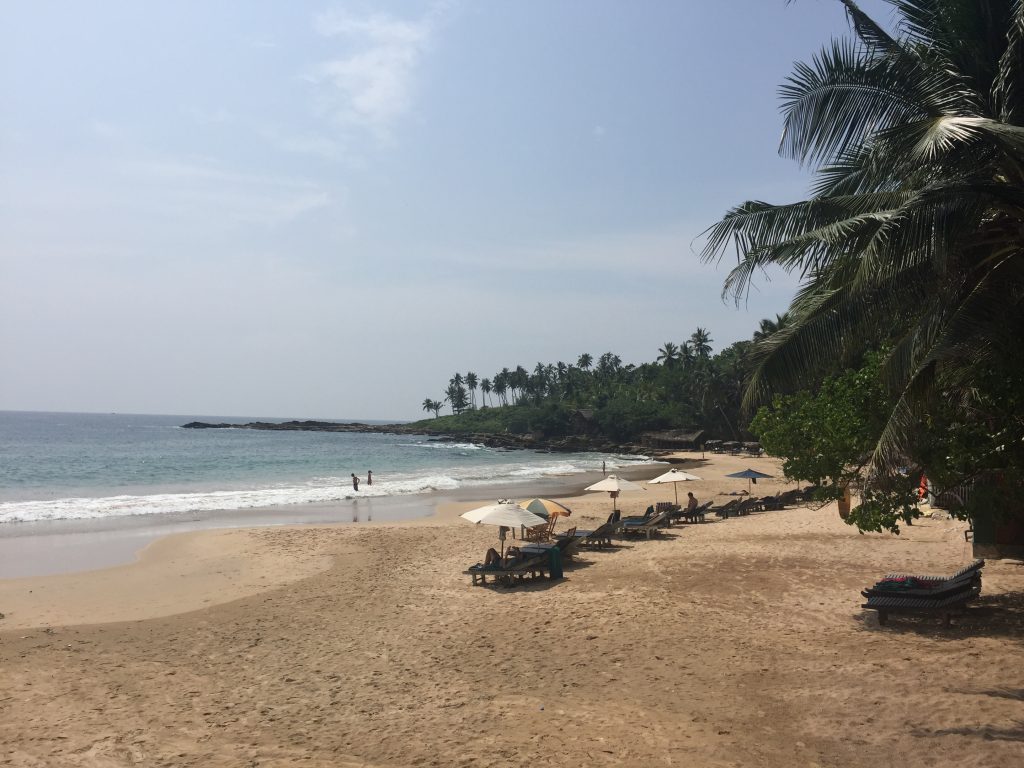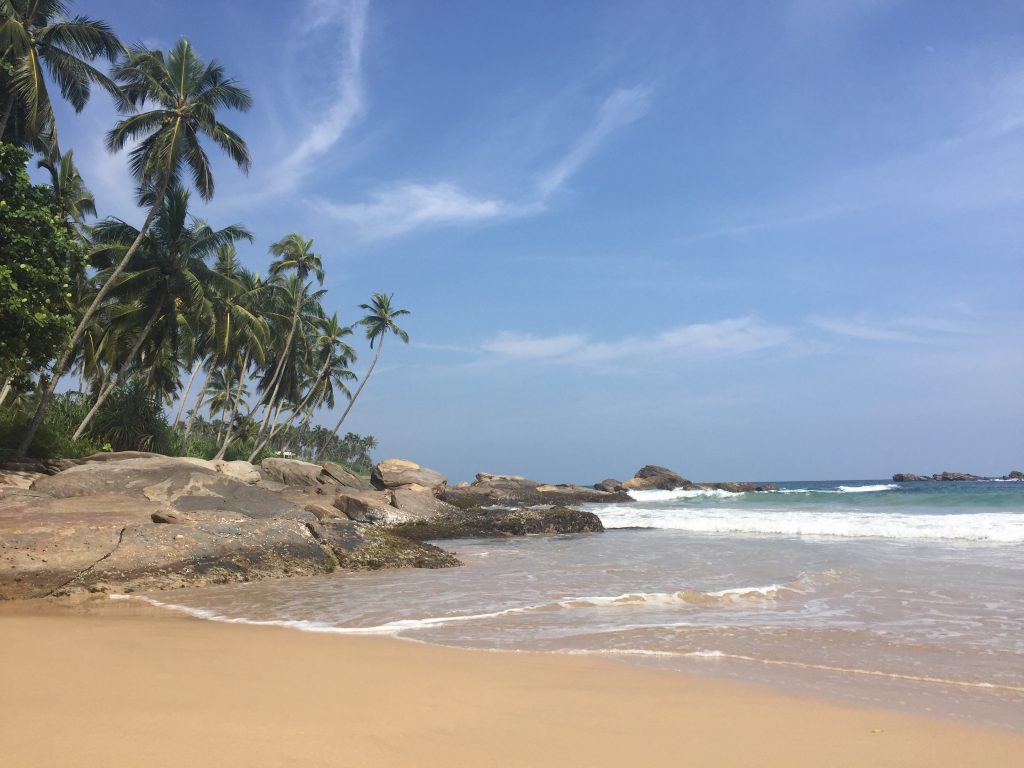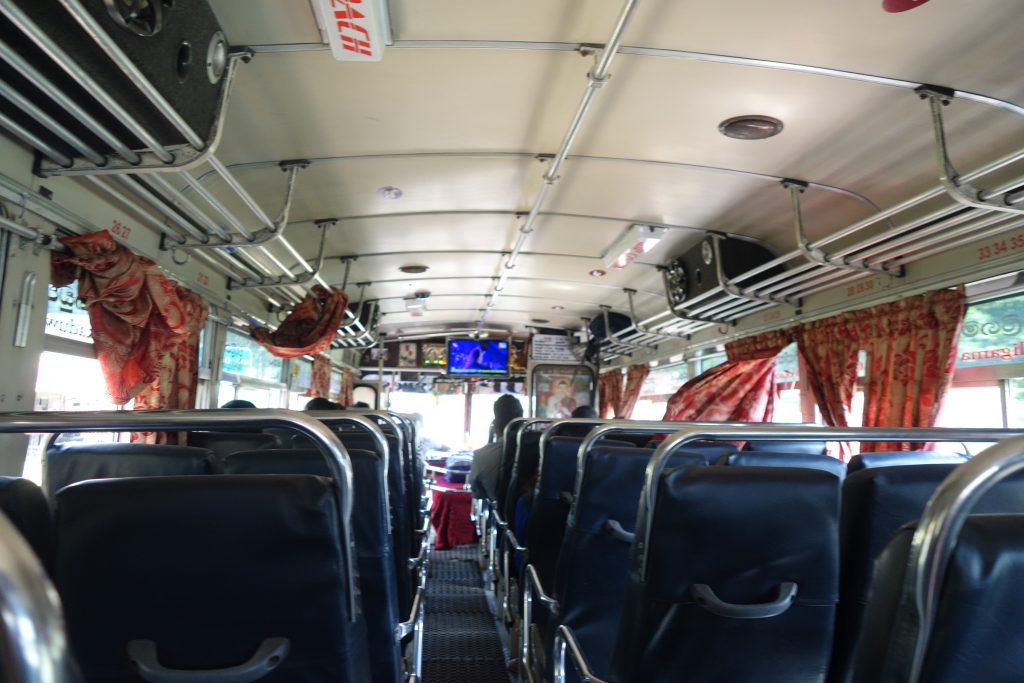For months we were on the fence of whether to visit India as part of the trip. While it seems like an obvious place to go, basically everyone we met traveling (including all Indians) told us it is the worst country to visit. This mainly stemming from it being absolute chaos, extreme poverty and air quality worse than almost anywhere in the world. Despite those concerns, we decided we would pull the trigger and go because we were only a few hour flight away (in Sri Lanka) and would likely never prioritize a vacation there down the road. And come on, this is what this crazy adventure is all about.
After some research we settled on Mumbai, Jaipur and Agra so we could get a feel for a big city and parts of the “golden triangle” as well as the must-see Taj Mahal. We had limited time (about a week) as we had plans to be in Bangkok for Christmas. When looking for a hotel in Mumbai we noticed the Four Seasons was only $180 a night. On this trip we’ve never spent more than $125 a night on lodging and usually we average around $50 a night. So while this was much more expensive, we figured it would be the cheapest Four Seasons we could ever possibly stay in and would likely serve as a welcomed oasis in the chaos of India and our trip. Cue us booking it and living the dream the first few days of India. You should have seen us. We were pretty much the happiest people on the planet as we had staff doting on us, access to an awesome gym, used the saunas and steam rooms, melted into the soft bed (which I broke by jumping on the first day making a boomerang video…oops) and basically milking the hotel for all it was worth. It was such a needed break from the grind and something we absolutely recommend if you are a long term traveler going through Mumbai.
The city of Mumbai itself is an absolute trip. It’s massive and in most places and ways, disgusting. Just walking from our hotel to local restaurants we passed through every kind of filth you can imagine and were constantly surrounded by poverty. It really was a sad sight to see as the country just isn’t doing enough to support the people. In addition to the regular chaos the city provided, there was a level of madness happening as the government just decided to decommission all the local 500 and 1000 rupee notes. The purpose was to remove all the fake notes and make people report their money so people had to take their old notes in and exchange them for new ones. This would let the government know who was hording money and not paying taxes as we heard only about 1% of people there actually pay full taxes. The problem with this strategy is 90% of the currency used in day-to-day life are the 500 and 1000 notes and the government didn’t have enough of the new ones to exchange for people. So everyone would wait in hours long lines to take out small regulated amounts of currency from ATMs or banks. This meant everyone had minimal money to spend each day and turned the economy on its head. For us, it made it hard to pull out cash for everyday use. Luckily the Four Seasons staff had their stuff together and helped us each time, so we didn’t have to wait in lines to get money. We were also lucky we came a few weeks after it first happened as we met travelers in Sri Lanka who arrived just days after and said it was madness.
While in Mumbai one of the most interesting things we did was take a walking tour of the dharavi slums. This is the third largest slum in the world with about a million inhabitants and one of the most densely populated places on Earth as all of those people are crammed into .8 sq miles. The real amazing thing is the amount of industry coming from within. It is reported to be more than a billion dollars worth of goods manufactured yearly from more than 5000 different businesses. The tour itself was unique as you weren’t allowed to bring in a camera and the money from the tour went to a school within the slums. This made it so locals were okay with you being there because you were giving back to local children. While walking around we witnessed firsthand just how crazy life and work can be inside. People worked all sorts of jobs and made on average $2-$6 USD a day. Many workers even slept in the factories because they actually live outside of the city in worse places when they weren’t working. What was so hard to believe is many of these workers were working without any sort of safety equipment, shoes, masks, anything. So they were breathing in fumes all day and putting their lives on the line. Many of them even knowing with each year they work in these factories, they were taking off multiple years off of their lives. It just broke your heart to witness.
Another extreme example of crazy life in the slums is the toilet situation. There were less than 750 toilets for more than a million people. This means about 1500 people share a toilet. Due to this you can imagine what the smell of the whole place was like as sanitary conditions just didn’t exist. What is wild is we found out the slums were actually where the middle class live (not the poor) as these people as least have roofs over their head, power, and access to some facilities, whereas the true poor sleep on the streets.
Aside from the slums, we also did a street food tour with the same company. We debated on this for quite some time as everyone talks about how easy it is to get “Delhi Belly” in India aka bad food poising from unsanitary food preparation and water. We assumed street food had to be at its worse here, but we also know these street food tours are such a great way to experience local culture. We decided to roll the dice. Thankfully we did as we loved the tour and the food! We ended up making it through that AND our whole time in India without any food illness (winning!). The food tour itself took us to multiple food stalls across the city and allowed us to sample more than a dozen different dishes. Our favorite food we tried was the various types of Pani Puri.
While we could never see ourselves living in Mumbai or staying more than a few days, we really enjoyed the cultural experience of seeing it first hand. It’s places like these which really help shape a global view of the world and show you how small your little bubble of “home” really is.
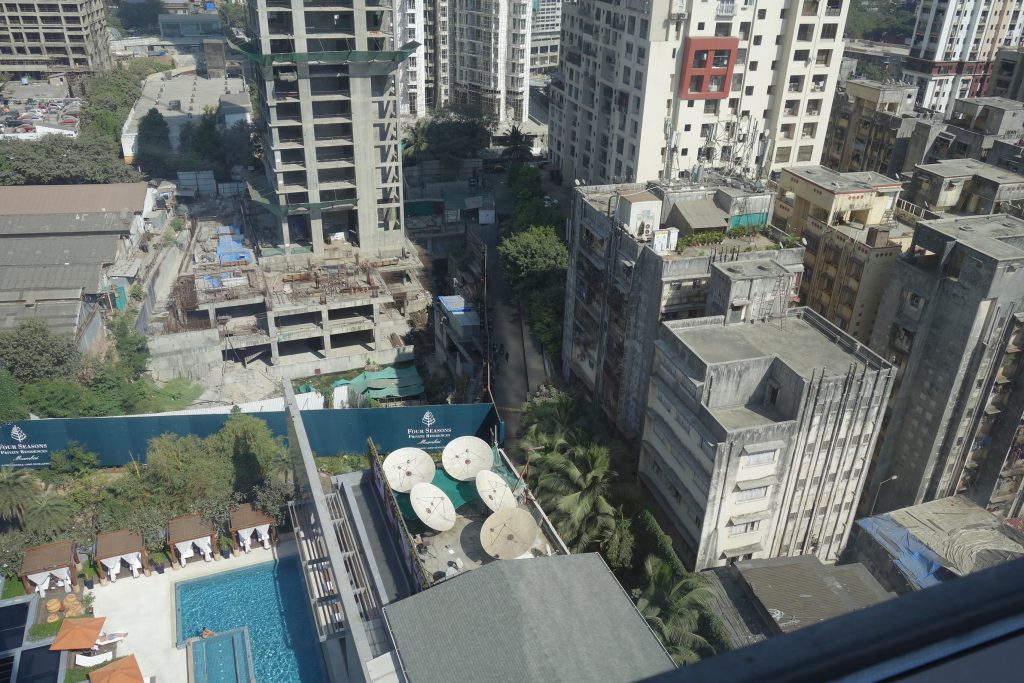
Four Seasons vs everything else…
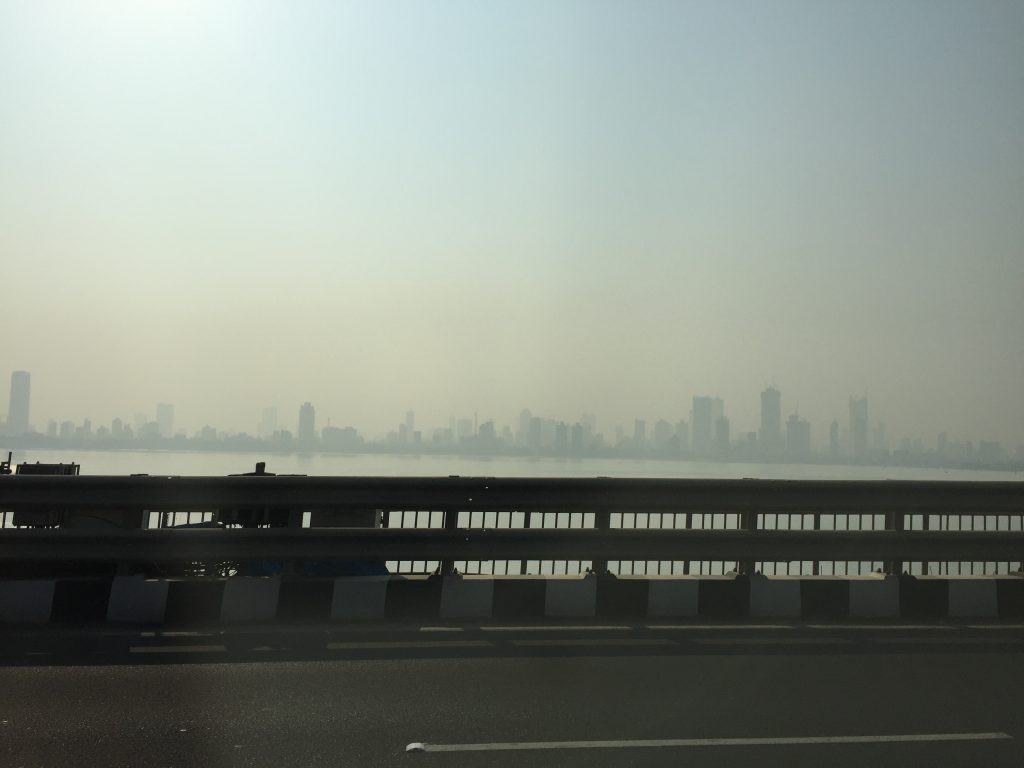
The smog is real





